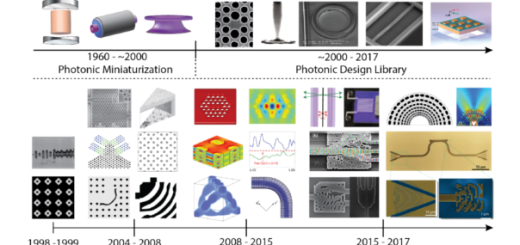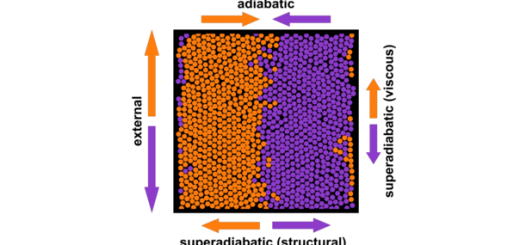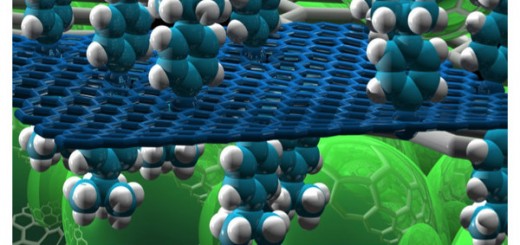Resolution of Superluminal Signalling in Non-perturbative Cavity Quantum Electrodynamics

The problem of superluminal signalling in the single-mode Rabi model. a) Schematic view of a qubit embedded in a perfect 1D cavity, together with the depiction of the three lowest cavity modes. When the qubit is only coupled to the fundamental mode, the system is described by the Rabi Hamiltonian. b) Violation of relativistic causality by the single-mode Rabi model in regimes where g ≈ ωc. An observer placed close to the cavity edge can retrieve information about the initial state of the TLS before light is able to reach its position. c) A multi-mode description is able to capture the spatio-temporal structure of the light field necessary to comply with causality.
Title: Resolution of Superluminal Signalling in Non-perturbative Cavity Quantum Electrodynamics.
When: Monday, May 21, (2018), 12:00.
Place: Department of Theoretical Condensed Matter Physics, Faculty of Sciences, Module 5, Seminar Room (5th Floor).
Speaker: Carlos Sánchez Muñoz, RIKEN Cluster for Pioneering Research, Wako-shi, Japan.
Recent technological developments have made it increasingly easy to access the nonperturbative regimes of cavity quantum electrodynamics known as ultrastrong or deep strong coupling, where the light–matter coupling becomes comparable to the bare modal frequencies [1].
In this talk, I will discuss the adequacy of the broadly used single-mode cavity approximation to describe such regimes. We have demonstrated that, in the non-perturbative light–matter coupling regimes, the single-mode models become unphysical, allowing for superluminal signalling [2]. Moreover, considering the specific example of the quantum Rabi model, we show that the multi-mode description of the electromagnetic field, necessary to account for light propagation at finite speed, yields physical observables that differ radically from their single-mode counterparts already for moderate values of the coupling. Our multimode analysis also reveals phenomena of fundamental interest on the dynamics of the intracavity electric field, where a free photonic wavefront and a bound state of virtual photons are shown to coexist.
References
- Forn-Díaz, P., Lamata, L., Rico, E., Kono, J., & Solano, E. (2018). arXiv:1804.09275.
- Sánchez Muñoz, C., Nori, F., and De Liberato, S., Nature Communications (2018) 9:1924.



















